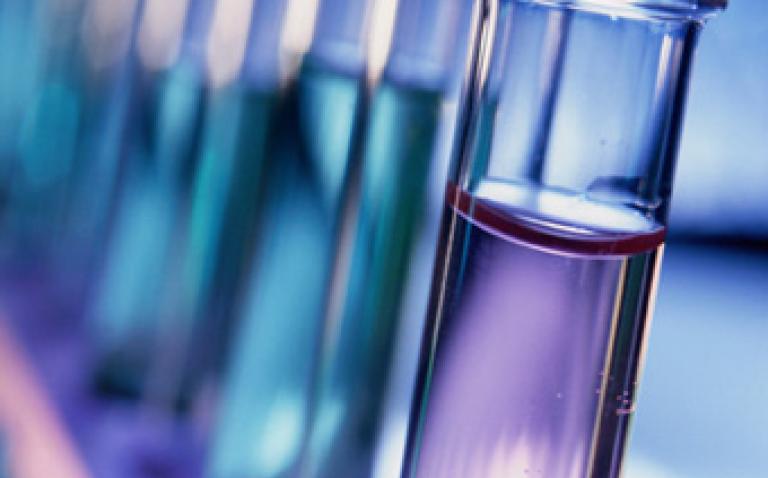Scientists at the Swedish medical university Karolinska Institutet have shown how transplanted stem cells can connect with and rescue threatened neurons and brain tissue.
The results point the way to new possible treatments for brain damage and neurodegenerative diseases.
A possible strategy for treating neurodegenerative diseases is to transplant stem cells into the brain that prevent existing nerve cells from dying. The method has proved successful in different models, but the mechanisms behind it are still unknown.
According to one hypothesis, the stem cells mature into fully-mature neurons that communicate with the threatened brain tissue; according to another, the stem cells secrete various growth factors that affect the host neurons.
The new report, co-authored by several international research groups and lead by Karolinska Institutet, shows that stem cells transplanted into damaged or threatened nerve tissue quickly establish direct channels, called gap junctions, to the nerve cells.
Stem cells actively bring diseased neurons back from the brink via cross-talk through gap junctions, the connections between cells that allow molecular signals to pass back and forth.
The study found that the nerve cells were prevented from dying only when these gap junctions were formed. The results were obtained from mice and human stem cells in cultivated brain tissue, and from a series of rodent models for human neurodegenerative diseases and acute brain injuries.
“Many different molecules can be transported through gap junctions,” says Eric Herlenius, who led the study. “This means that a new door to the possible future treatment of neuronal damage has been opened, both figuratively and literally.”
The international team of scientist, beside Karolinska Institutet, included researchers from Sanford-Burnham Medical Research Institute, Harvard Medical School and Universit Libre de Bruxelles.










